By: Fangzhou Ni, M.Arch ’23
In the pursuit of deepening my understanding of architectural tectonics, I embarked on a research journey to Japan, funded by the esteemed Gesundheit Family / USC Architectural Guild Graduate Traveling Fellowship. My exploration aimed to delve into the intricate world of Japanese architecture, comparing the architectural tectonics of Tokyo and Kyoto. This trip was not only a continuation of my Master of Architecture Directed Design Research under the guidance of Professor Wes Jones but also a unique opportunity to experience the profound architectural landscapes of Japan firsthand.
Tokyo: A Symphony of Modernity and Tradition
My journey commenced in Tokyo, the bustling capital of Japan, from May 15 to 19. Tokyo, a city that perfectly encapsulates the essence of modernity intertwined with tradition, offered a plethora of architectural marvels. The National Museum of Western Art, designed by the renowned Le Corbusier, stood as a testament to international architectural influences melding with Japanese aesthetics. Similarly, the Aoyama Technical College, with its futuristic facade, challenged conventional architectural norms, pushing the boundaries of what is possible.
The Japanese Nursing Association building and the Sumida Hokusai Museum further exemplified the innovative use of space and materials, characteristics that define Japanese architectural tectonics. The iconic Fuji TV Building, with its unique structure, and the Yoyogi National Olympic Gymnasium, designed by Kenzō Tange, showcased the harmonious blend of functionality and aesthetic appeal. The Imperial Palace, while more traditional, provided a stark contrast to the modern buildings, highlighting the coexistence of different architectural epochs in Tokyo.
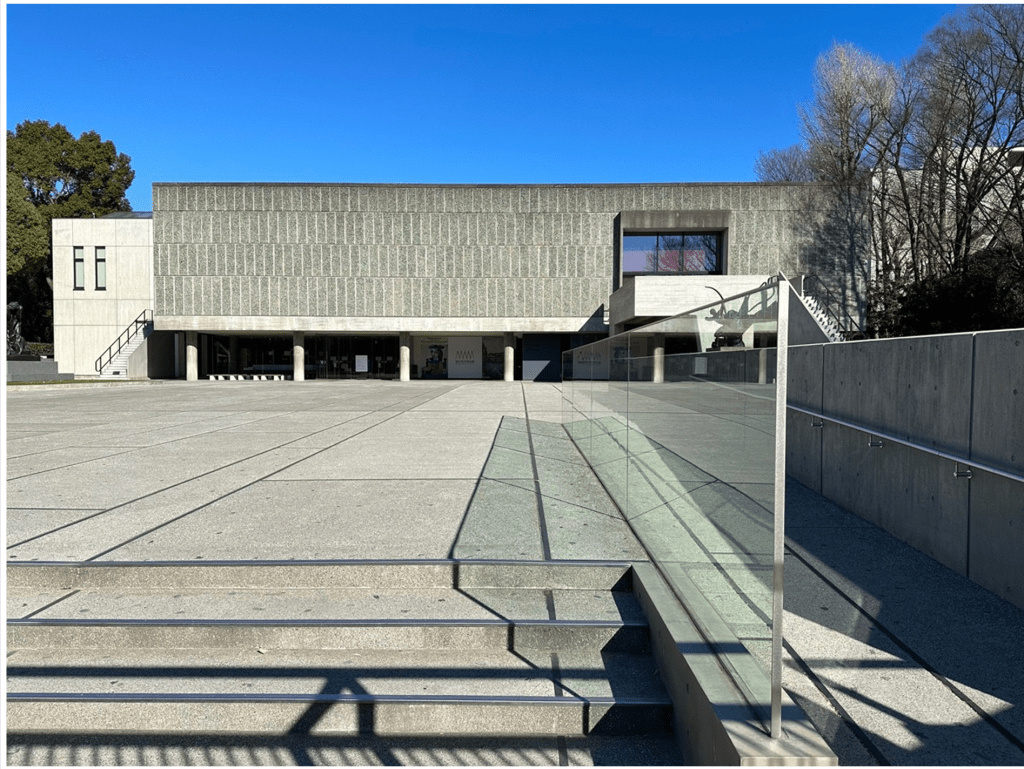
Fig.1 The National Museum of Western Art by Le Corbusier (1959)
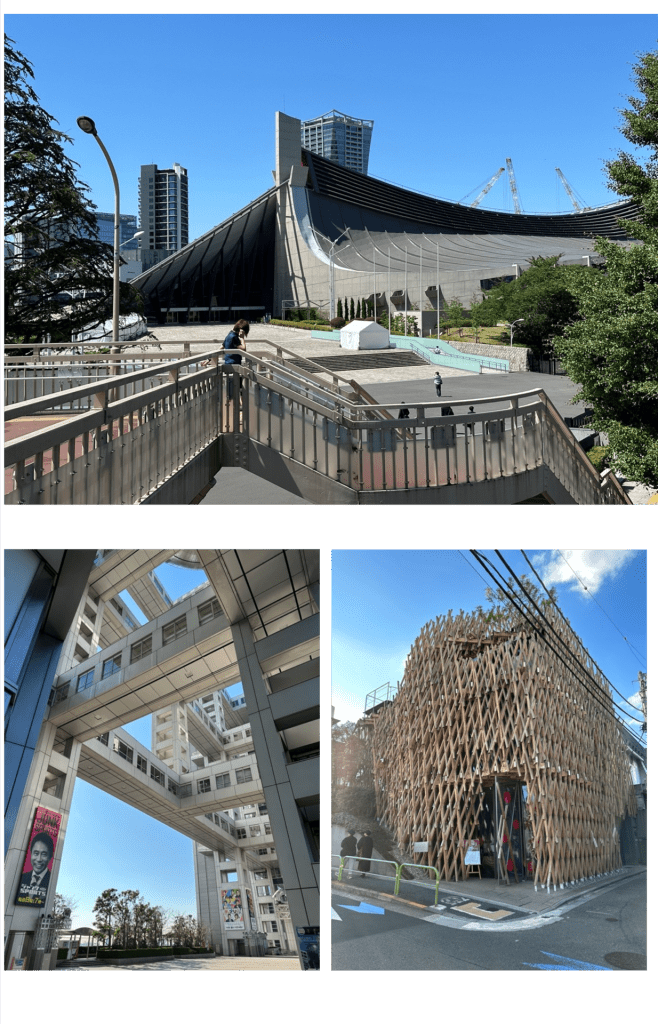
Fig.2 Yoyogi National Olympic Gymnasium by Tange Kenzō (1964)
Fig.3 Fuji TV Building by Tange Kenzō (1993)
Fig.4 SunnyHills Aoyama by Kengo Kuma & Associates (2013)
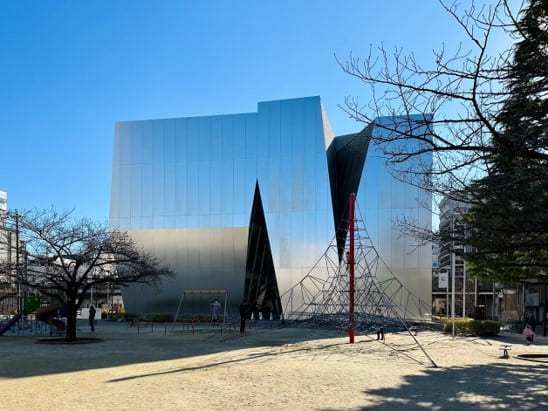
Fig.5 Sumida Hokusai Museum by Kazuyo Sejima (2016)
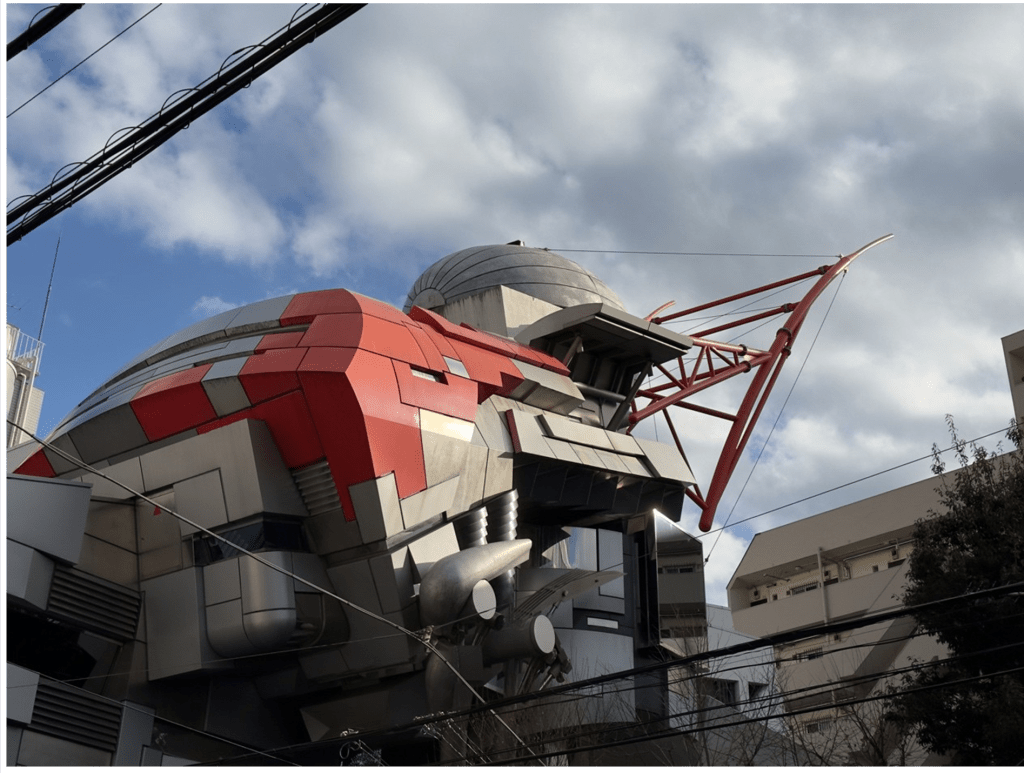
Fig.6 The Aoyama Technical College by Makoto Sei Watanabe (1990)
Kyoto: A Canvas of Historical Elegance
From May 20 to 24, I ventured into the historical heart of Japan, Kyoto. This city, unlike Tokyo, is a canvas painted with the strokes of historical elegance and architectural tradition. The Fushimi Inari Taisha, with its thousands of vermilion torii gates, offered a spiritual journey through its mesmerizing pathways, illustrating the sacred aspect of architectural design in Japan.
The Katsura Imperial Villa, an epitome of traditional Japanese architecture, revealed the sophisticated use of space, nature, and minimalism. Kinkaku-ji Temple, with its golden pavilion
reflecting in the tranquil pond, and Kiyomizu-dera Temple, perched on the hillside with its expansive wooden stage, demonstrated the intricate relationship between architecture and its natural surroundings.
The Kyoto Imperial Palace and Ryōan-ji, with its famous rock garden, provided insights into the philosophical and aesthetic principles that underpin Japanese architecture. These sites highlighted the importance of simplicity, harmony, and the incorporation of nature, fundamental aspects of Japanese architectural tectonics.
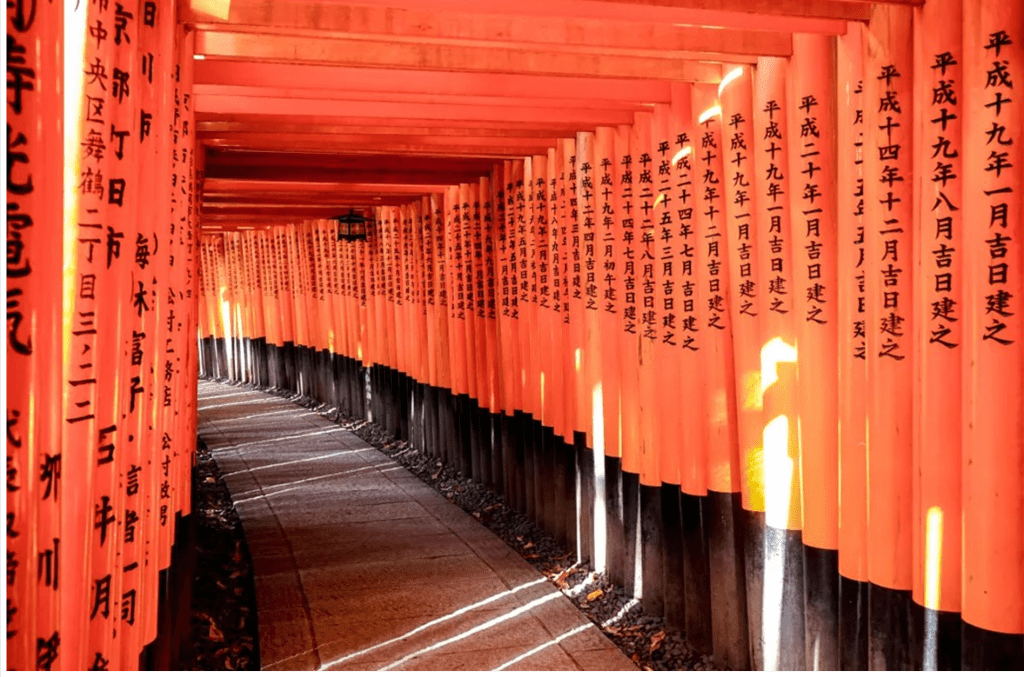
Fig.7 Fushimi Inari Taisha (711)
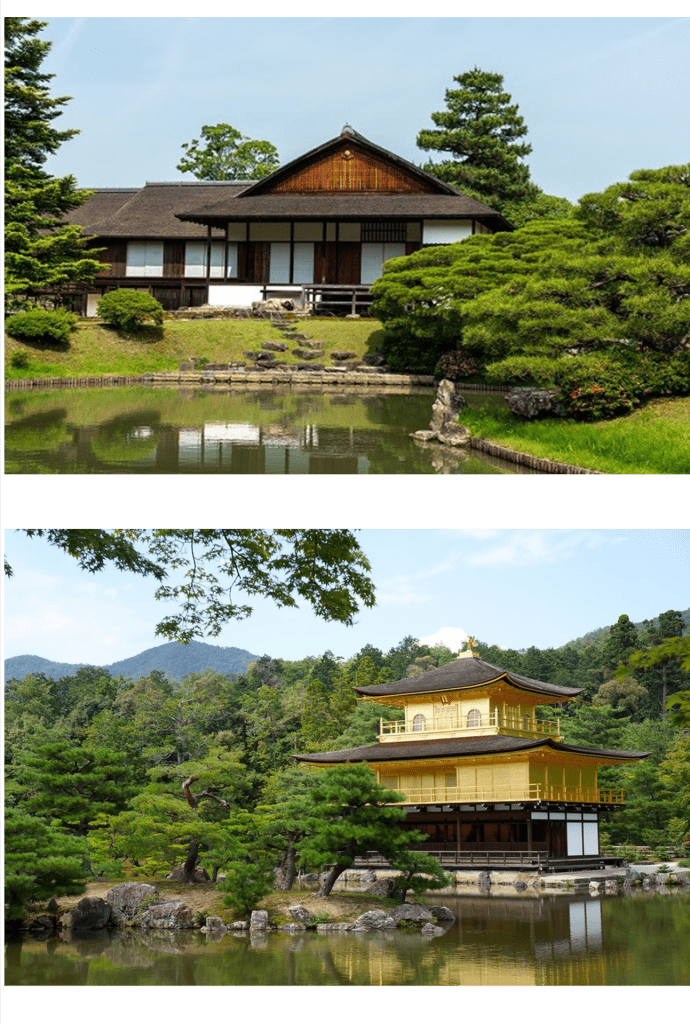
Fig.8 The Katsura Imperial Villa (1620-1624)
Fig.9 Kinkaku-ji Temple (1397, refurbished in 1955)
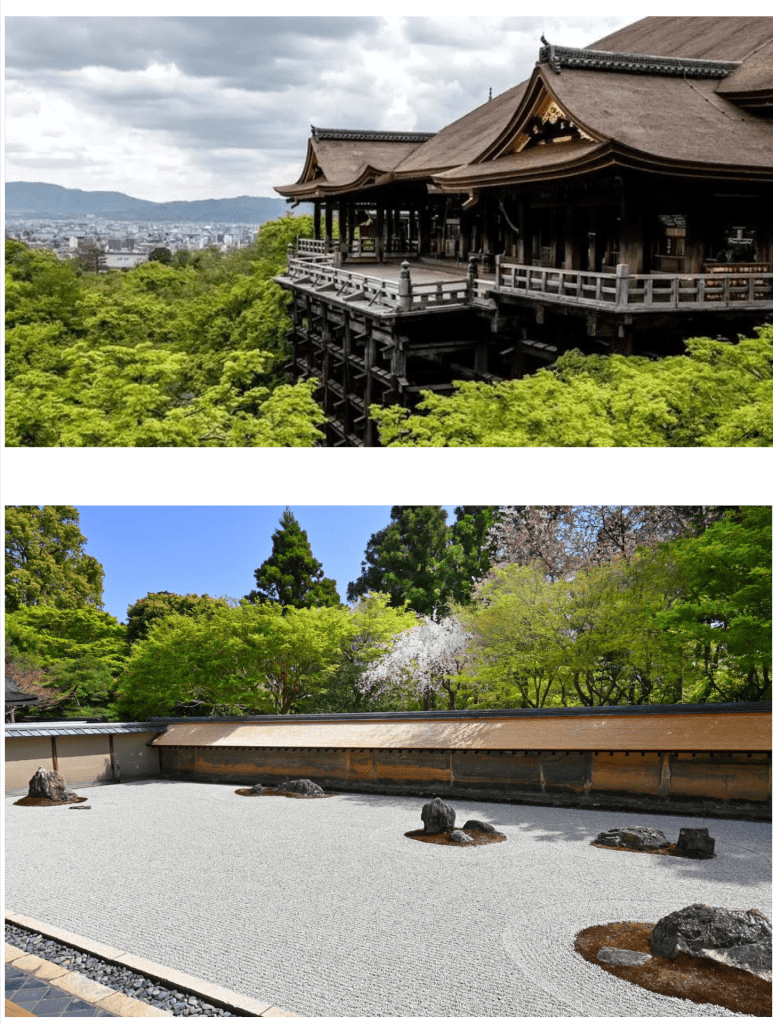
Fig.10 Kiyomizu-dera Temple (778)
Fig.11 Ryōan-ji (1450)
Comparative Insights and Reflections
This research journey through Tokyo and Kyoto offered profound insights into the tectonics of architecture in Japan. Tokyo’s architecture is a narrative of progress and innovation, where modernity speaks loudly through its buildings’ designs, materials, and technologies. In contrast, Kyoto serves as a custodian of Japan’s architectural heritage, where history, tradition, and a deep reverence for nature define its tectonic language.
The juxtaposition of Tokyo’s forward-thinking architectural approaches against Kyoto’s preservation of historical and natural harmony provided a comprehensive understanding of Japan’s architectural landscape. It became evident that regardless of the city, the essence of Japanese tectonics lies in the thoughtful consideration of context, materiality, and spatial experience.

Fig.12 Tokyo City View
Fig.13 Kyoto City View
Conclusion
This fellowship-enabled journey was not merely a travel experience but a pivotal moment in my academic and professional career. It enriched my perspective on architectural tectonics, offering invaluable lessons that will undoubtedly influence my future work. The architectural diversity between Tokyo and Kyoto, rooted in their unique histories and cultural contexts, provided a fertile ground for my research on the comparative tectonics of architecture in Japan. As I continue to reflect on this journey, the insights gained will serve as a foundation for my ongoing exploration of architecture’s potential to harmonize with its environment and history, pushing the boundaries of design and theory.